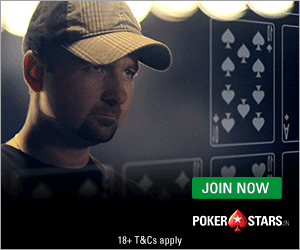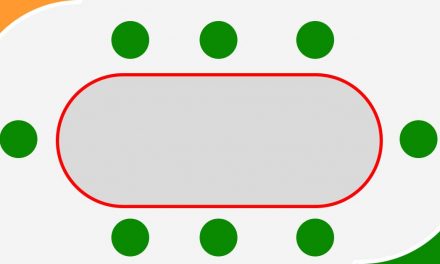You have played an excellent tournament and now it’s time to get the most out of it and win the 1st placement prize. Between you and the crown there’s only a small set up: your opponent.
If you are playing against a strong player, everything gets more complicated on one side, but on the other side you can understand his moves and style and try to overcome his strategy and patterns adjusting your game.
It’s not the dream spot, but it’s not something you should be worried about….if you are not the weak player at the table of course!
Weak players: styles
When you are the strongest and you are facing a weak player (who might be weak in heads-up, but not a bad player globally), you have to pay attention to his two typical leaks and try to exploit them in the best way possible. The general leaks of a bad heads-up player are:
- playing way too passively
- playing way too aggressively
Let’s start with the first case.
Beating a passive player
If you are facing a calling station, passive player, who always calls your raises and often limps from SB to complete the pot and see the flop, you have to adjust your game as follows:
- raise fewer hands from the BTN: a generally good strategy in heads up is raising many hands, sometimes every hand from the BTN; it works because you play always in position and can steal the blinds, but if blinds are out of the picture because your opponent will just call any two cards, you have to get rid of the weakest part of your range and seek more value in the hands you play with.
- post flop, just go for value. If he’s the kind of players who calls preflop and any flop with a potential draw or a piece of the board, bet for value no matter what. For instance, do not bet two overcards such KQ on a flop like 863, but always bet hands like A6 or T8 on the same board.
- do not bluff: there are no reasons to try to bluff out a player who constantly calls. If he won’t fold, why bluff in the first place?
Facing aggressive players
In the second case, the one with an overly aggressive opponent, you have to adjust your style as well and just wait for the right moment to stack him off:
- become yourself the passive guy, but only when you have at least some sort of showdown value. On a board like 863 with T8 or A6 you can call comfortably any bet because if he’s on a rage bet mode, tons of worse combos are in his range
- do not bluff, let them bluff: it’s just about time before your opponent will gift you all his chips showing off his muscles on a board where you have hit well, so do not try anything fancy and go into a straightforward mode: if you have value, play it. If you have none or marginal or equity due to a decent draw, think twice before committing too hard into the pot
Conclusions
Playing bad opponent in heads up is surely a nice to have thing at the end of a tournament, so just focus on his style and leaks and adjust accordingly your game.
Remember also that you are playing to win it and second place is not enough a consolation: surprisingly this is a mistake many players do and you do not want to be among them.






